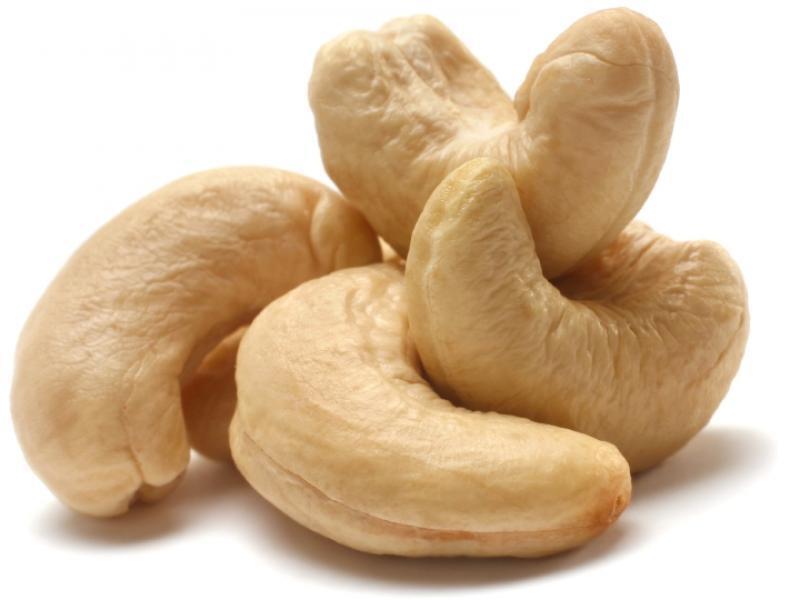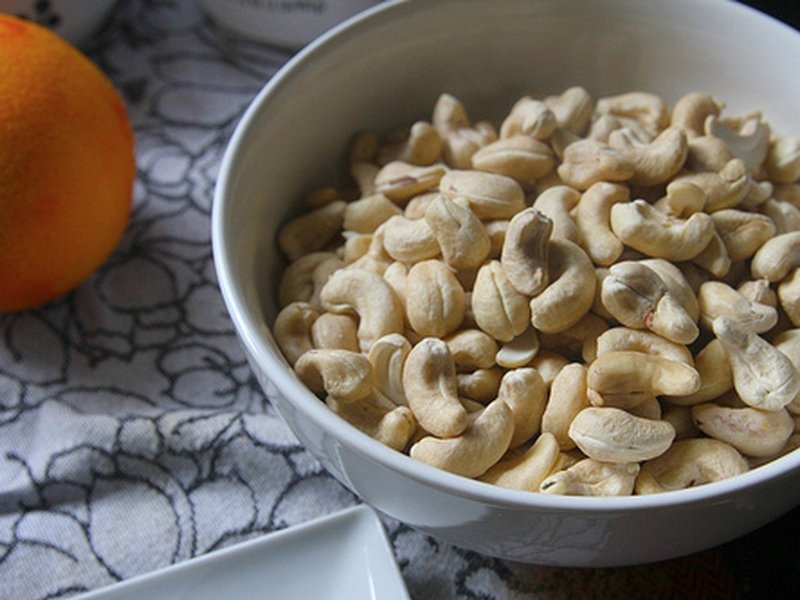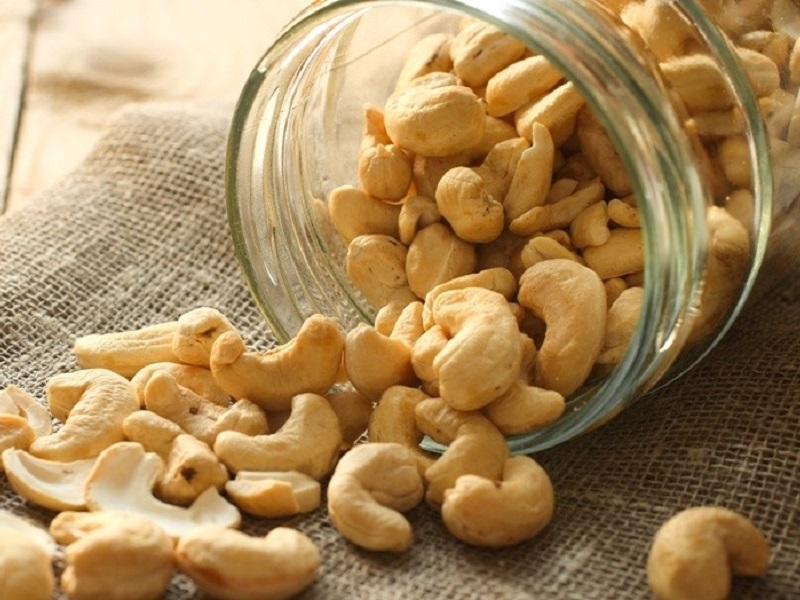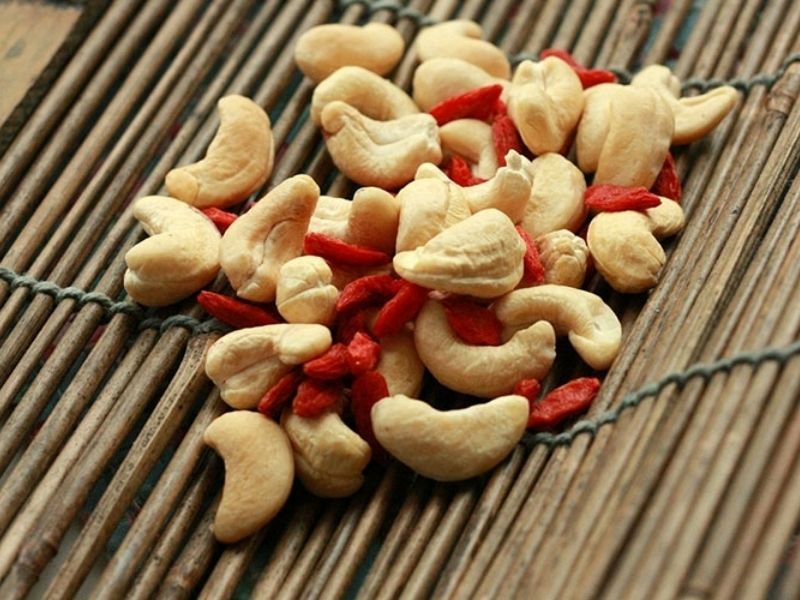The global cashew market has experienced significant growth and offers promising opportunities for stakeholders in the agriculture and processed food industry. As a widely consumed nut, cashews are valued for their taste, nutritional benefits, and versatile application across various cuisines. This summary provides insights into the current and projected size of the global cashew market, highlighting key factors driving its growth and the emerging trends shaping its trajectory.
Current Market Size:
The global cashew market has witnessed a steady expansion in recent years. According to market research, the global cashew market was valued at approximately $6.5 billion in 2020. The demand for cashews has been primarily driven by their increasing popularity as a healthy snack and the rising adoption of cashew-based products in the food and beverage industry.
Key Drivers of Market Growth:
1. Rising Health Consciousness: Cashews offer several health benefits, including being a rich source of essential nutrients such as protein, dietary fiber, healthy fats, vitamins, and minerals. Furthermore, cashews are considered heart-healthy due to their low cholesterol content. As consumers become more health-conscious, the demand for nutritious snack options like cashews continues to grow.
2. Increasing Disposable Income: The rapid growth of the middle-class population, particularly in emerging economies, has led to increased disposable income. As a result, consumer spending on premium and healthy food products, including cashews, has witnessed a significant upswing.
3. Growing Demand for Plant-based Alternatives: As the popularity of plant-based diets and veganism rises, cashews have become an appealing choice for those seeking plant-based protein alternatives. Cashew milk and other dairy-free cashew products have gained traction as substitutes for traditional dairy products.
4. Culinary Applications: Cashews are widely incorporated into various recipes, including snacks, desserts, sauces, and curries. Their creamy texture and mild flavor make them a versatile ingredient preferred by both home cooks and professional chefs. The increasing interest in global cuisines is boosting the demand for cashews in the foodservice sector.
Regional Market Analysis:

1. Asia-Pacific: Asia-Pacific is the largest consumer and producer of cashews, accounting for a significant share of the global market. India, Vietnam, and Indonesia are the leading producers, owing to favorable climatic conditions and availability of skilled labor. The region’s growing population, rising income levels, and cultural affinity for cashews contribute to its strong market presence.
2. North America: The North American cashew market has witnessed substantial growth due to increasing consumer awareness about the health benefits of cashews. The United States is the largest consumer of cashews in the region, with a growing demand for organic and premium cashew products.
3. Europe: Europe is a key market for cashews, fueled by the rising demand for plant-based foods and the presence of health-conscious consumers. Countries like Germany, the United Kingdom, and France are major importers, catering to both domestic consumption and regional distribution.
4. Latin America: The Latin American cashew market has shown considerable potential in recent years. Brazil, as a major producer, has experienced a surge in demand both domestically and internationally. Cashews from this region are known for their quality and flavor and are gaining popularity in other parts of the world.
Emerging Trends in the Cashew Market:
1. Organic and Sustainable Practices: With the increased focus on organic and sustainable farming practices, the demand for certified organic cashews has seen significant growth. Consumers are increasingly seeking products that are free from harmful chemicals and produced with minimal environmental impact.
2. Online Retailing: The growth of e-commerce platforms has opened new avenues for cashew producers and processors to reach a wider consumer base. Online retail channels offer convenience, competitive pricing, and a variety of cashew products, enabling consumers to access a diverse range of options from different regions.
3. Product Diversification: Innovative cashew-based products such as cashew butter, cashew-based beverages, and cashew cheese alternatives have gained popularity. Manufacturers and entrepreneurs are continually exploring new applications for cashews, leading to a diversification of product offerings.
4. Quality Control and Traceability: Consumers are increasingly demanding transparency in the production process and seek assurances regarding the safety and quality of cashew products. As a result, companies are investing in improved traceability systems and quality control measures to meet consumer expectations.
Conclusion:

The global cashew market continues to expand due to increasing consumer awareness of the health benefits, growing demand for plant-based alternatives, and the rising popularity of cashews in culinary applications. With Asia-Pacific dominating the market, countries like India and Vietnam play a crucial role in both production and consumption. As the market evolves, the trends towards organic and sustainable practices, diverse product offerings, and online retail present promising opportunities for stakeholders in the cashew industry.Global Cashew Market Size: An Overview
Introduction:
The global cashew market has experienced significant growth and offers promising opportunities for stakeholders in the agriculture and processed food industry. As a widely consumed nut, cashews are valued for their taste, nutritional benefits, and versatile application across various cuisines. This article provides insights into the current and projected size of the global cashew market, highlighting key factors driving its growth and the emerging trends shaping its trajectory.
1. Current Market Size:
The global cashew market has witnessed a steady expansion in recent years. According to market research, the global cashew market was valued at approximately $6.5 billion in 2020. The demand for cashews has been primarily driven by their increasing popularity as a healthy snack and the rising adoption of cashew-based products in the food and beverage industry.
2. Key Drivers of Market Growth:
a. Rising Health Consciousness: Cashews offer several health benefits, including being a rich source of essential nutrients such as protein, dietary fiber, healthy fats, vitamins, and minerals. Furthermore, cashews are considered heart-healthy due to their low cholesterol content. As consumers become more health-conscious, the demand for nutritious snack options like cashews continues to grow.
b. Increasing Disposable Income: The rapid growth of the middle-class population, particularly in emerging economies, has led to increased disposable income. As a result, consumer spending on premium and healthy food products, including cashews, has witnessed a significant upswing.
c. Growing Demand for Plant-based Alternatives: As the popularity of plant-based diets and veganism rises, cashews have become an appealing choice for those seeking plant-based protein alternatives. Cashew milk and other dairy-free cashew products have gained traction as substitutes for traditional dairy products.
d. Culinary Applications: Cashews are widely incorporated into various recipes, including snacks, desserts, sauces, and curries. Their creamy texture and mild flavor make them a versatile ingredient preferred by both home cooks and professional chefs. The increasing interest in global cuisines is boosting the demand for cashews in the foodservice sector.

3. Regional Market Analysis:
a. Asia-Pacific: Asia-Pacific is the largest consumer and producer of cashews, accounting for a significant share of the global market. India, Vietnam, and Indonesia are the leading producers, owing to favorable climatic conditions and availability of skilled labor. The region’s growing population, rising income levels, and cultural affinity for cashews contribute to its strong market presence.
b. North America: The North American cashew market has witnessed substantial growth due to increasing consumer awareness about the health benefits of cashews. The United States is the largest consumer of cashews in the region, with a growing demand for organic and premium cashew products.
c. Europe: Europe is a key market for cashews, fueled by the rising demand for plant-based foods and the presence of health-conscious consumers. Countries like Germany, the United Kingdom, and France are major importers, catering to both domestic consumption and regional distribution.
d. Latin America: The Latin American cashew market has shown considerable potential in recent years. Brazil, as a major producer, has experienced a surge in demand both domestically and internationally. Cashews from this region are known for their quality and flavor and are gaining popularity in other parts of the world.
4. Emerging Trends in the Cashew Market:
a. Organic and Sustainable Practices: With the increased focus on organic and sustainable farming practices, the demand for certified organic cashews has seen significant growth. Consumers are increasingly seeking products that are free from harmful chemicals and produced with minimal environmental impact.
b. Online Retailing: The growth of e-commerce platforms has opened new avenues for cashew producers and processors to reach a wider consumer base. Online retail channels offer convenience, competitive pricing, and a variety of cashew products, enabling consumers to access a diverse range of options from different regions.
c. Product Diversification: Innovative cashew-based products such as cashew butter, cashew-based beverages, and cashew cheese alternatives have gained popularity. Manufacturers and entrepreneurs are continually exploring new applications for cashews, leading to a diversification of product offerings.
d. Quality Control and Traceability: Consumers are increasingly demanding transparency in the production process and seek assurances regarding the safety and quality of cashew products. As a result, companies are investing in improved traceability systems and quality control measures to meet consumer expectations.

Conclusion:
The global cashew market continues to expand due to increasing consumer awareness of the health benefits, growing demand for plant-based alternatives, and the rising popularity of cashews in culinary applications. With Asia-Pacific dominating the market, countries like India and Vietnam play a crucial role in both production and consumption. As the market evolves, the trends towards organic and sustainable practices, diverse product offerings, and online retail present promising opportunities for stakeholders in the cashew industry. The future of the global cashew market is bright, with continued growth projected as more consumers recognize the value of cashews as a nutritious and versatile food option.










